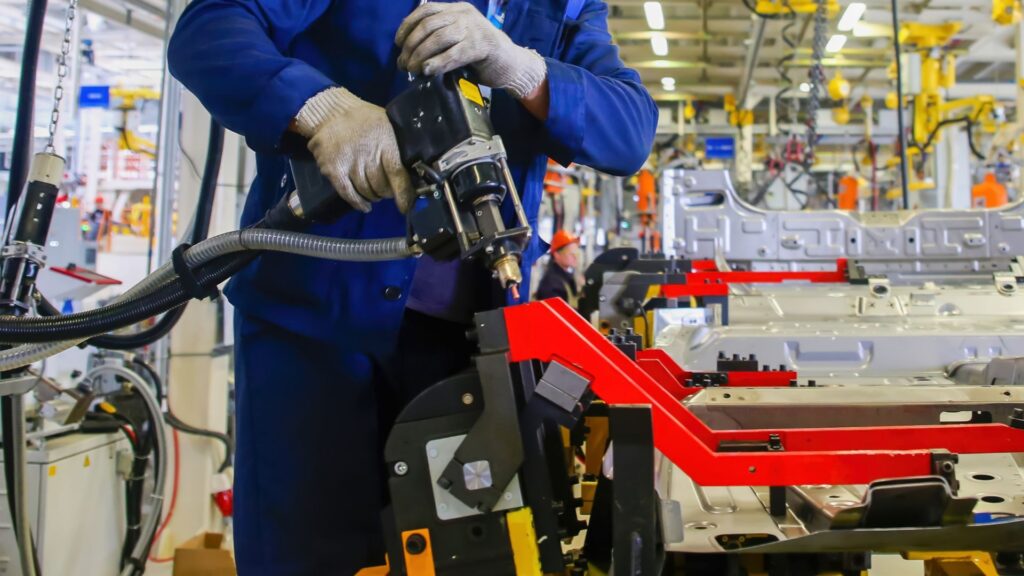In the rapidly evolving world of supply chain management, digital transformation has become a critical tool for manufacturing companies aiming to stay competitive and efficient. It’s also an invaluable factor in building resilience against supply chain disruption: so much so that 93% of companies are actively involved in digital transformation efforts. Even though this figure is impressively high, it’s worth noting that only 8% of companies have scaled related activities to the level needed to realize the full benefits.
One reason for this discrepancy is that the path toward supply chain digitization is not without its challenges. Another is that most companies are still in the evaluation, exploration and execution phases, which I love to see because it indicates to me that more and more businesses are doing the planning and research needed to ensure a successful transition.
I had the opportunity to delve deeper into the do’s and don’ts of supply chain digitization during a special episode of The SupplyChainBrain Podcast titled “On the Journey Toward Supply Chain Digitization,” and have identified five lessons to help you make the most of your digital investments in 2024 and beyond. Here are my crucial takeaways from that conversation.
Lesson 1: Avoid Chasing Shiny Technologies
One common mistake companies make is to chase after the latest technologies without a clear understanding of how these technologies can benefit their specific industry and use cases. I think it’s human nature to be drawn to things that are new and shiny, especially when they promise to solve all of your problems in some creative way.
That’s not to say the old adage, “If it sounds too good to be true, it probably is,” always holds true, but it’s important not to get caught up in the excitement of new tech trends and, instead, consider how emerging technologies align with your business objectives and processes.
Take your time, do your research and evaluate new solutions properly before diving in headfirst.
Lesson 2: Assess Supply Chain Maturity
Before embarking on the journey toward digitization, it’s essential to assess your supply chain’s maturity level. Various maturity models are available; I’ve personally used methodologies from Supply Chain Insights, the Association for Supply Chain Management (ASCM) and Gartner, to name a few, but they all have something in common.
The key is to take a methodical and staged approach to improving business processes and practices. Supply chains are not linear; they are ecosystems that involve trading partners. Consider how you can collaborate better and orchestrate these ecosystems for greater efficiency and visibility.
Lesson 3: Achieve End-to-End Synchronization and Orchestration
End-to-end synchronization and orchestration mean ensuring that your supply chain operates seamlessly from your supplier’s supplier to your customer’s customer. While achieving this level of coordination can be challenging, it’s essential to recognize that most companies have multiple supply chains.
Start by breaking down the process into manageable pieces and gradually work toward better synchronization and orchestration without sub-optimizing any supply chain segment. Interested in learning more? I highly recommend our Me to We: Everyone Wins Through Supply Chain Synchronization ebook. Here’s the link for a complimentary download.
Lesson 4: Address Visibility Across Multiple Supplier Tiers
Visibility beyond the first tier of suppliers is a significant challenge for many companies. Achieving visibility into your entire supplier ecosystem requires specialized tools and platforms designed for multi-enterprise collaboration. These tools enable integration and collaboration across multiple tiers of suppliers, making it possible to gain insights and make informed decisions across the supply chain.
Lesson 5: Prioritize People and Processes
While technology plays a crucial role in supply chain digitization, it’s equally important to focus on people and processes. Invest in your workforce, providing the necessary training and support to adapt to new technologies. Evaluate and improve your business processes to ensure they align with your digitization goals. Change management is key; pushing too hard for change can lead to resistance, so it’s essential to strike a balance.
The journey toward supply chain digitization is a complex and evolving process that requires careful planning and execution. Companies must avoid chasing shiny technologies, assess their supply chain maturity, work toward end-to-end synchronization, address visibility across supplier tiers, and prioritize people and process alongside technology adoption. By following these lessons, businesses can position themselves for success in the ever-changing world of supply chain management.



